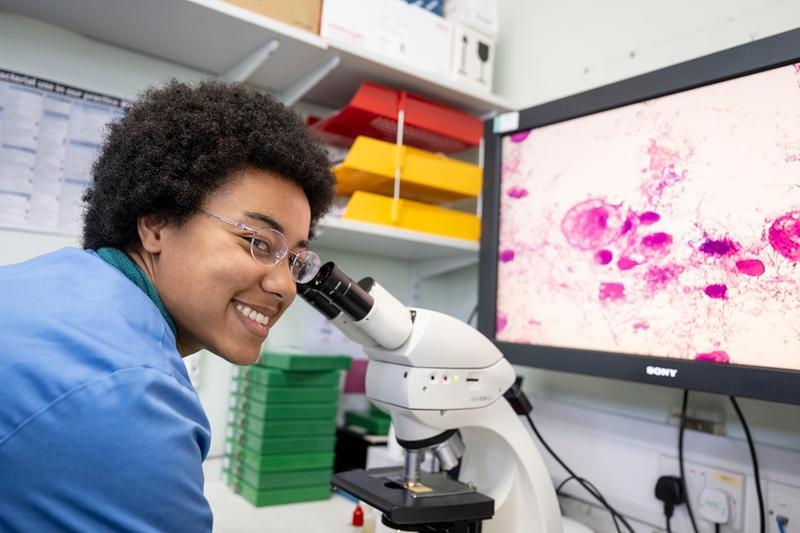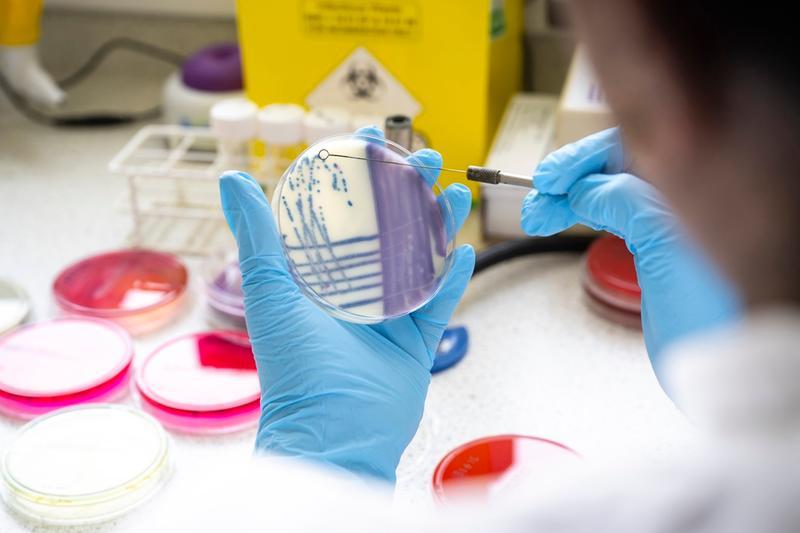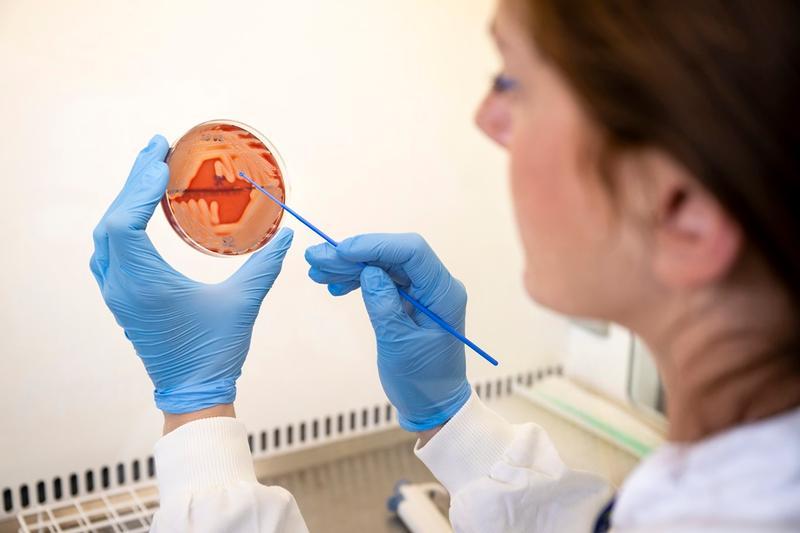Training in veterinary pathology
There are 3 routes available for trainees in veterinary pathology – training in veterinary pathology, training in clinical veterinary pathology and training in veterinary microbiology.
Veterinary pathology

What are the entry requirements?
To train as a veterinary pathologist, you’ll need to hold a Royal College of Veterinary Surgeons-approved degree (or equivalent) in veterinary science or veterinary surgery and/or medicine. It’s recommended that you’ll have also gained some clinical experience before applying for the veterinary pathology training programme.
How long will it take?
Training to be a veterinary pathologist takes around 3 years, if you’re training full time. You will spend the first 2 years preparing for the FRCPath part 1 examination, and the final year leading into the part 2 FRCPath examination.
What will my training cover?
The curriculum is divided into 3 stages, A, B and C. These stages roughly correlate with years 1 to 3 of a full time residency training programme. You’ll need to keep a training portfolio throughout.
Stage A – which takes about 12 months – will provide you with a general introduction to necropsy, histopathology and cytology. You’ll be assessed on dissection of a necropsy case and necropsy report-writing, and will need to carry out a number of specific practical procedures on different animal types, including 150 histopathology cases in small domestic animals and 15 cytology cases in large domestic animals.
During stage B – which takes a minimum of 12 months – you’ll broaden your experience and understanding of histopathology and necropsy pathology, developing a more in-depth understanding of a chosen species group. You’ll be assessed on your ability to dissect more complex necropsy cases – including forensic cases – and will write reports on a wide range of histopathology and simple cytology specimens.
Stage C of the training programme aims to develop your confidence and the ability to work in appropriate contexts in veterinary pathology without direct supervision.
Throughout the training you will be encouraged to seek opportunities to gain experience in conducting research with animals, and to attend relevant scientific meetings to present your work.
Find out more about specialty training in veterinary pathology.
What exams will I need to take?
To complete your training, you’ll be required to pass the following.
- FRCPath Part 1 in Veterinary Pathology – this aims to determine whether you have successfully acquired a core body of knowledge that will underpin your ability to practise in veterinary pathology
- FRCPath Part 2 in Veterinary Pathology – this is designed to test your practical skills and understanding, and show that you can apply your expertise appropriately and safely.
For further information about the format of exams, visit our exams pages.
Veterinary clinical pathology

What are the entry requirements?
To train as a veterinary clinical pathologist, you will need to have a veterinary degree from a university eligible for membership in the Royal College of Veterinary Surgeons and be a registered member of the Royal College of Veterinary Surgeons.
How long will it take?
Training to be a veterinary clinical pathologist takes around 3 years. There is no maximum time for training but it is anticipated that most trainees will be able to complete their training within four to five years.
Depending on how long you are in training, it is anticipated that you will spend the first 1–2 years preparing for the FRCPath part 1 examination, and will take the part 2 FRCPath examination 1–2 years after the Part 1.
What will my training cover?
Generally trainees in clinical pathology are expected to go through 3 stages of training and learning – A, B and C. Training in veterinary clinical pathology will include the core areas of clinical biochemistry and other testing (including biochemistry, endocrinology, ELISA tests, blood gas and acid-base evaluation, and protein electrophoresis), haematology/coagulation, urinalysis, miscellaneous topics (including the light microscope, miscellaneous equipment, pharmaceutical/toxicological pathology and other types of testing), cytology/histology and laboratory quality and management
Find out more about specialty training in veterinary clinical pathology.
What exams will I need to take?
To complete your training, you’ll be required to pass the following.
- FRCPath Part 1 in Veterinary Clinical Pathology
- FRCPath Part 2 in Veterinary Clinical Pathology.
For further information about the format of exams, visit our exams pages.
Veterinary microbiology

What are the entry requirements?
To train as a veterinary pathologist, you’ll need to hold either:
- Veterinary trainees: a Royal College of Veterinary Surgeons-approved degree (or equivalent) in veterinary science or veterinary surgery and/or medicine
- Non-veterinary trainees: a National Qualifications Framework Level 7 qualification (MSc or equivalent) or higher in veterinary microbiology and at least one year’s experience of diagnostic and or research veterinary microbiology.
It’s also recommended that you’ll have also gained some clinical experience before applying for the veterinary pathology training programme.
How long will it take?
Training to be a veterinary microbiologist takes around 3 years, if you’re training full time. You will spend the first 1–2 years preparing for the FRCPath part 1 examination and will take the part 2 FRCPath examination 1–2 years after the Part 1.
What will my training cover?
The curriculum is divided into 3 stages, A, B and C. These stages roughly correlate with years 1–3 of a full time residency training programme. Stage A aims to provide a general introduction to bacteriology, virology and mycology, including the collection of appropriate samples from most common and simple specimens, and the ability to write an appropriate report for a wide range of samples and specimens.
Stage B aims to broaden experience and understanding of classical and molecular methods in microbiology, and your understanding of your chosen species group. You’ll also develop a basic knowledge base in antimicrobial therapeutics and vaccinology.
Stage C aims to develop increasing levels of confidence, and your ability to work without direct supervision.
Find out more about specialty training in veterinary microbiology.
What exams will I take?
To complete your training, you’ll be required to pass the FRCPath Parts 1 and 2 More information on this examination will be available in the future.
